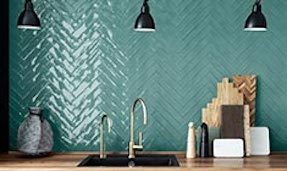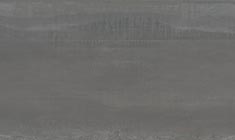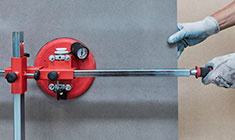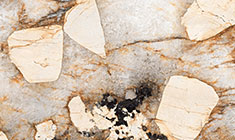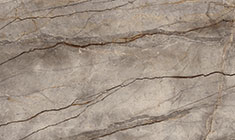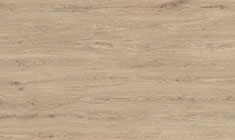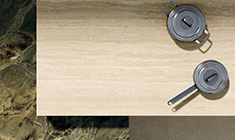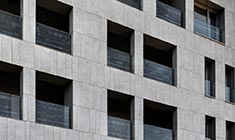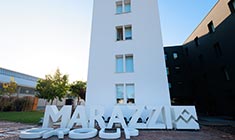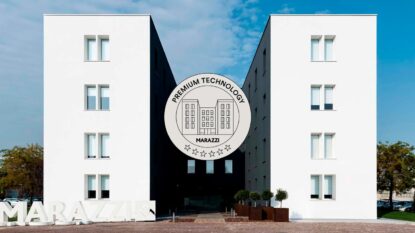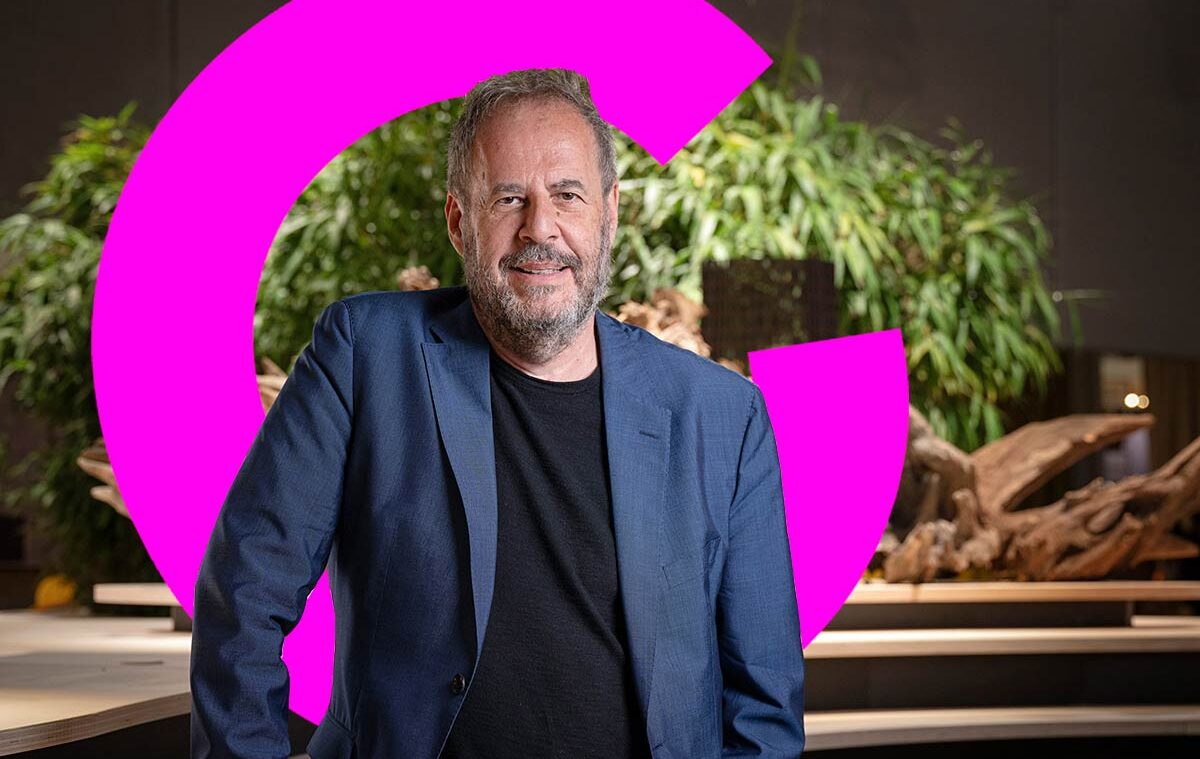“First, let’s make one thing clear. There are definitely good examples, businesses that invest heavily in research, to develop new materials and processes with minimal impact. But if we look at the supply chain as a whole …
The problem of the environment is not new, not something people have just come up with. And perhaps one of the lies we tell ourselves is not new either. There is one important home truth: constructing a building is not an environment-friendly act. It means transforming materials that we take from our planet, the only resource we have. We need to tackle our problems with this truth in mind: in terms of pollution, what matters is buildings’ ability not to not absorb CO2 but rather not to produce it. And we must then get our facts straight as we plan our future. But before we imagine the high-tech buildings of the future I think we should remember that for millennia people used to build them without energy, using the resources available, in harmony with nature’s own regeneration times.
This is not a matter of nostalgia but rather a new vision of the past, which can teach us what we have lost in terms of our ability to dialogue with the climate, in the mistaken idea that technology was the only form of evolution. Overall, this dialogue used to demand knowledge and architectural skills.
For many centuries, people constructed buildings that on the one hand reflected a close attunement to their locations with regard to both climate and culture, and on the other featured a large array of design solutions that were both attractive and environmentally useful (a form of necessary opportunism).
Technological simplification has greatly impoverished our knowledge of climate factors and led to the creation of buildings totally unrelated to their contexts.
I believe we need to start by getting back into tune with nature, the climate and the landscape, and to rethink our entire supply chain. It’s first and foremost a matter of culture, and at present this culture is still lacking when it comes to environmentally aware architectural design. Without this cultural underpinning, sustainable architecture risks becoming a mere slogan and a matter of aesthetics alone. We can’t ask nature to do our job for us: just talking about nature-awareness in architecture won’t magically solve our problems. We need a drastic reduction in consumption and a significant decrease in demand. And on this basis, we need to create an architecture which uses more intelligent, hybrid materials, a large proportion of them of natural origin and with lower environmental impact. These definitely include ceramics. But we must also bear in mind the construction system used for the TECLA house, developed by MCA in partnership with WASP: 3D printed in earth, it has established a new paradigm. Architecture must develop shapes which intrinsically reduce consumption: one example is the ARPAE building in Ferrara. The construction of this all-wood building required less energy than the normal equivalent; by reason simply of its shape, its architecture, it reduces consumption by 40%. This is where I think the challenge lies.”
Ph. Giovanni De Sandre


